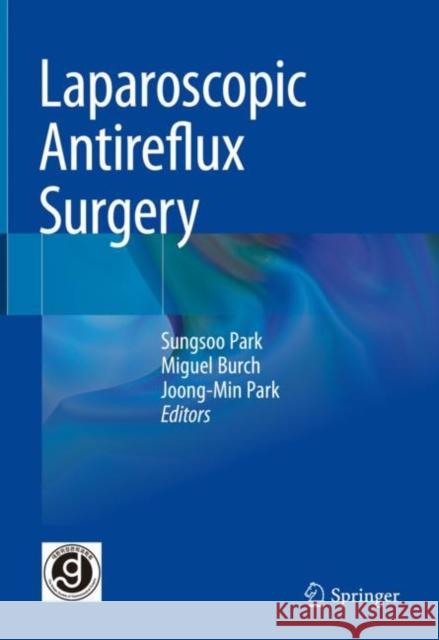Laparoscopic Antireflux Surgery » książka
Laparoscopic Antireflux Surgery
ISBN-13: 9789811971723 / Angielski / Twarda / 2023 / 108 str.
Laparoscopic Antireflux Surgery
ISBN-13: 9789811971723 / Angielski / Twarda / 2023 / 108 str.
(netto: 458,96 VAT: 5%)
Najniższa cena z 30 dni: 462,63
ok. 22 dni roboczych
Dostawa w 2026 r.
Darmowa dostawa!
This book provides detailed, up-to-date information on gastroesophageal reflux disease (GERD) and all aspects of laparoscopic antireflux surgery. Clear descriptions of surgical techniques and important surgical tips are combined with state of the art research results to create a unique resource for general surgeons and other health care providers. The book opens by presenting the latest knowledge on the pathogenesis of GERD, identifying the target symptoms, and explaining diagnostic tests and their interpretation. The various techniques of fundoplication are then clearly described and illustrated, with provision of advice on the postoperative clinical pathway and the management of complications. Laparoscopic revision of failed antireflux surgery is fully covered, and the use of antireflux surgery in specific situations, such as achalasia and paraesophageal hernia, is discussed. The relationship between sleeve gastrectomy and GERD is also explored. Finally, guidance is provided on magnetic sphincter augmentation using the LINX Reflux Management System and on other emerging surgical options.
This book provides detailed, up-to-date information on gastroesophageal reflux disease (GERD) and all aspects of laparoscopic antireflux surgery. Clear descriptions of surgical techniques and important surgical tips are combined with state of the art research results to create a unique resource for general surgeons and other health care providers. The book opens by presenting the latest knowledge on the pathogenesis of GERD, identifying the target symptoms, and explaining diagnostic tests and their interpretation. The various techniques of fundoplication are then clearly described and illustrated, with provision of advice on the postoperative clinical pathway and the management of complications. Laparoscopic revision of failed antireflux surgery is fully covered, and the use of antireflux surgery in specific situations, such as achalasia and paraesophageal hernia, is discussed. The relationship between sleeve gastrectomy and GERD is also explored. Finally, guidance is provided on magnetic sphincter augmentation using the LINX Reflux Management System and on other emerging surgical options.











